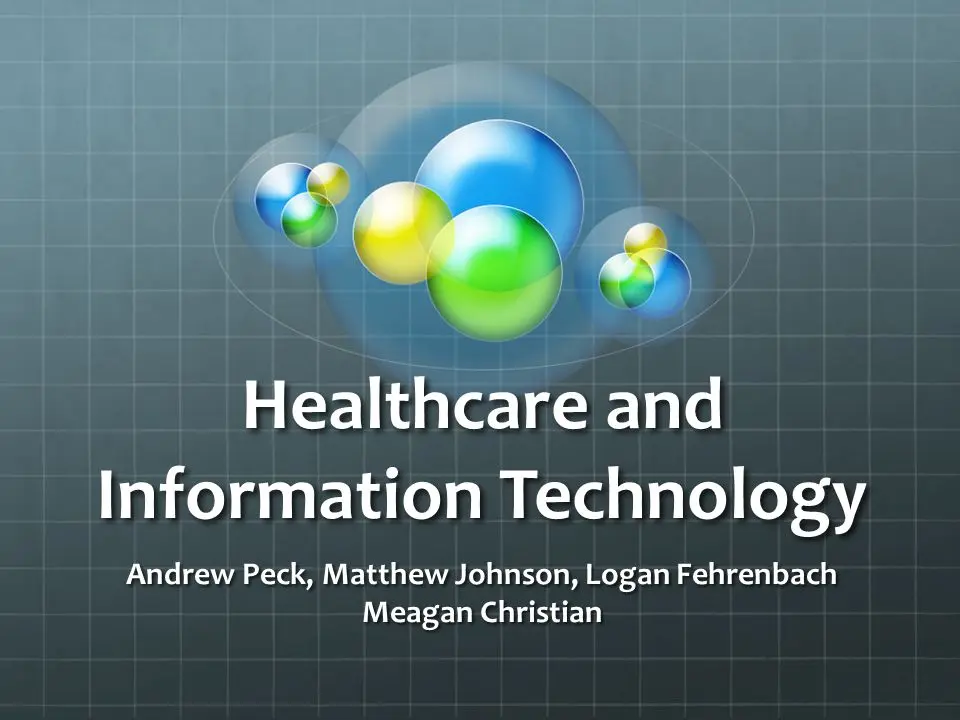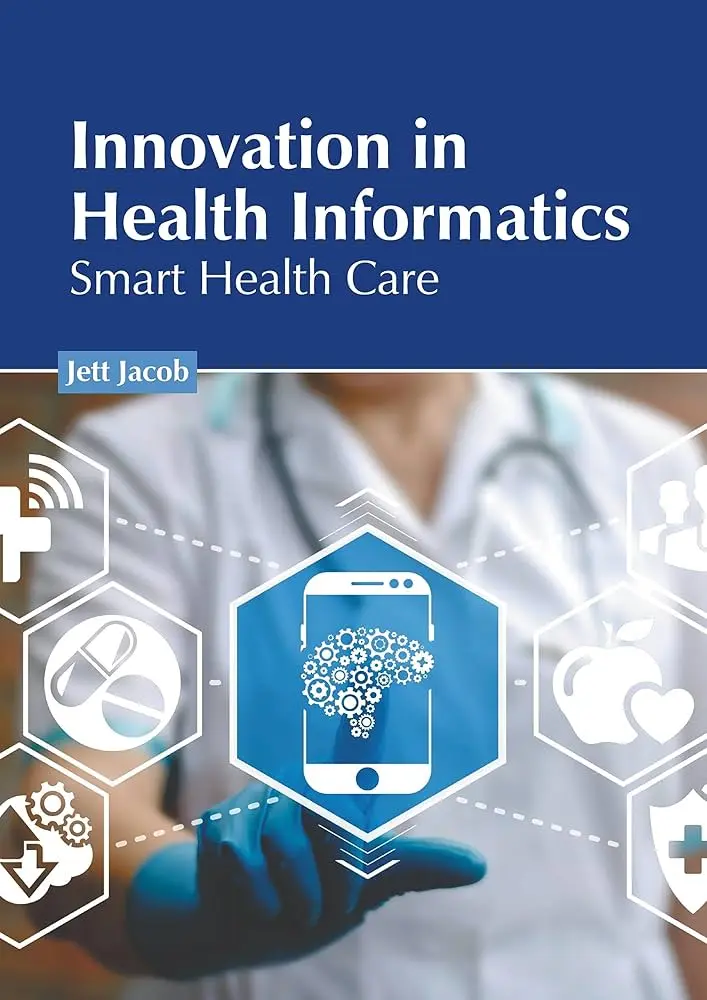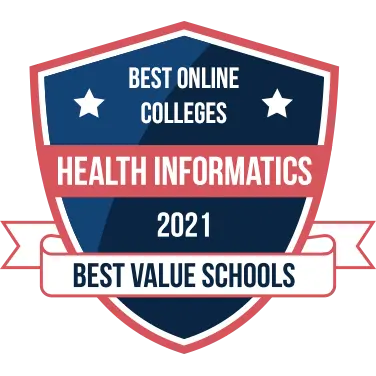Introduction To Health Informatics and Technology Logan: In today’s rapidly advancing world, the integration of technology into healthcare has transformed the way we manage, analyze, and deliver health services. This fusion of healthcare and information technology is known as Health Informatics, a field that is revolutionizing the medical industry by improving the quality, efficiency, and accessibility of healthcare services. Whether you’re a healthcare professional, student, or someone interested in the intersection of technology and health, understanding the basics of health informatics is crucial.
This article provides a comprehensive introduction to Health Informatics and Technology, focusing on its core concepts, applications, benefits, challenges, and future trends. By breaking down the complexities of the field, we aim to offer clear, simple explanations that everyone can understand.
What is Health Informatics?
At its core, Health Informatics refers to the use of information technology to organize and analyze health records, medical data, and related information. The goal is to improve healthcare outcomes by making medical data more accessible, accurate, and useful for healthcare providers, patients, and researchers.
In essence, health informatics combines three key elements:
- Information Science: The process of collecting, organizing, and managing data.
- Healthcare: The practical application of medicine and health services.
- Technology: The tools and systems used to store, share, and analyze health data.
The synergy of these three components helps healthcare professionals make more informed decisions, ultimately improving patient care, medical research, and healthcare system management.

The Role of Technology in Health Informatics
Technology is the driving force behind the advancements in health informatics. From Electronic Health Records (EHRs) to Telemedicine, various digital tools and systems have made significant contributions to the healthcare industry. Below are some of the main technologies used in health informatics:
Electronic Health Records (EHRs)
EHRs are digital versions of patients’ medical records, containing their medical history, diagnoses, treatments, lab results, and more. EHRs make it easier for healthcare providers to access and share patient information, leading to more coordinated and efficient care. Unlike paper records, EHRs can be updated in real-time, ensuring that the most current data is available to medical professionals.
Telemedicine
Telemedicine allows patients to consult with healthcare providers remotely, using video calls, apps, or other digital communication methods. This technology has grown in popularity, especially during the COVID-19 pandemic, when in-person visits were limited. Telemedicine is a great example of how technology can break down geographical barriers, giving patients access to healthcare regardless of their location.
Wearable Technology and Mobile Health (mHealth)
Wearable devices like Fitbits, smartwatches, and health apps are becoming common tools for monitoring personal health metrics. These devices can track heart rate, sleep patterns, and physical activity, providing valuable data that can be shared with healthcare providers. This form of health informatics enables proactive monitoring of chronic conditions, helping individuals manage their health more effectively.
Big Data and Data Analytics
Healthcare generates vast amounts of data, and analyzing this data effectively is crucial for improving patient outcomes. Big Data refers to large sets of complex health data that can be analyzed to identify trends, improve patient care, and even predict disease outbreaks. For example, hospitals can use data analytics to reduce readmission rates by identifying patients who are at high risk of complications after discharge.
Artificial Intelligence (AI) and Machine Learning
AI and machine learning technologies are being integrated into health informatics to help doctors diagnose diseases, recommend treatments, and even predict patient outcomes. These systems can analyze patient data, medical images, and genetic information to provide personalized healthcare recommendations. AI is also being used in robotic surgery, where precision and real-time data analysis are essential.
Blockchain Technology
Blockchain, known for its use in cryptocurrencies, is now being applied in health informatics. Blockchain ensures the security and privacy of patient data by creating decentralized, tamper-proof records of medical transactions. This technology can prevent data breaches and make the exchange of healthcare information more transparent and secure.

The Benefits of Health Informatics
The integration of technology into healthcare brings numerous benefits for patients, healthcare providers, and the overall healthcare system. Here are some of the key advantages of health informatics:
Improved Patient Care
By making medical data easily accessible and accurate, health informatics helps healthcare providers make better decisions. For instance, a doctor can quickly access a patient’s medical history and lab results, leading to more accurate diagnoses and personalized treatments. This level of information sharing also reduces the chances of medical errors, improving overall patient safety.
Increased Efficiency
Health informatics automates many administrative tasks that would otherwise take up valuable time, such as scheduling appointments, managing medical records, and processing insurance claims. By streamlining these processes, healthcare providers can focus more on patient care rather than paperwork.
Enhanced Communication
With digital tools, communication between healthcare providers, patients, and specialists becomes much more efficient. For example, if a patient needs to see a specialist, their primary care doctor can easily share their medical records with the specialist in a secure and timely manner.
Cost Savings
Health informatics can help reduce the overall cost of healthcare by minimizing administrative expenses, reducing the need for duplicate tests, and improving resource management. Additionally, telemedicine and remote monitoring can lower costs associated with hospital visits, as patients can receive care from the comfort of their homes.
Personalized Medicine
Thanks to data analytics, AI, and machine learning, healthcare providers can offer personalized medicine tailored to each patient’s unique needs. This involves creating customized treatment plans based on a patient’s genetic makeup, lifestyle, and medical history, leading to more effective outcomes.
Challenges in Health Informatics
Despite its many benefits, health informatics faces several challenges that must be addressed for it to reach its full potential.
Data Privacy and Security
With so much sensitive information being stored electronically, the risk of data breaches and cyberattacks is a major concern. Healthcare providers must ensure that patient data is protected with strong security measures, including encryption, authentication protocols, and blockchain technology.
Interoperability
Many healthcare systems and software platforms are not fully compatible with one another, which can lead to difficulties in sharing patient data across different providers and facilities. Improving interoperability—the ability of different systems to work together—is crucial for maximizing the benefits of health informatics.
Adoption and Training
Implementing new technology in healthcare requires significant investment in both time and money. Healthcare providers need to be trained on how to use new systems effectively, and there may be resistance to adopting new tools, especially among older practitioners. Ensuring that staff are properly trained and supported during the transition to digital systems is essential.
Data Overload
While Big Data offers many opportunities for improving healthcare, it also comes with the risk of data overload. Sifting through massive amounts of information can be time-consuming, and healthcare providers may struggle to identify the most relevant data. Advanced analytics tools can help, but these need to be carefully designed to prevent information overload.
Ethical Concerns
The use of AI and machine learning in healthcare raises ethical questions, particularly when it comes to decision-making. For example, who is responsible if an AI system recommends a treatment that leads to a negative outcome? Ensuring that AI is used ethically and transparently in healthcare is an ongoing challenge.

Future Trends in Health Informatics
The field of health informatics is constantly evolving, with new technologies and innovations on the horizon. Here are some key trends to watch for in the coming years:
Predictive Analytics
Using data to predict future health outcomes is a growing area of focus in health informatics. Predictive analytics can help healthcare providers identify patients at risk of developing certain conditions, allowing for early intervention and prevention.
Genomics and Precision Medicine
Advancements in genomics are enabling more personalized healthcare treatments. By analyzing a patient’s genetic makeup, healthcare providers can develop treatments that are specifically tailored to their individual needs. This is a significant step forward in the field of precision medicine.
Telehealth Expansion
Telehealth services, which gained popularity during the COVID-19 pandemic, are expected to continue growing. As technology improves, more patients will be able to receive medical consultations and treatments remotely, increasing access to healthcare for underserved populations.
You may like to read How Is Bringing Digital Technology Out Thinking Like an Architect
Wearable Health Technology
The use of wearable devices to monitor health in real-time is likely to become more widespread. These devices can provide continuous data on vital signs, physical activity, and other health metrics, helping patients and healthcare providers manage chronic conditions more effectively.
AI in Medical Research
AI is already being used in medical research to analyze large datasets and identify new treatments or drugs. As AI continues to improve, it will play an even bigger role in advancing medical research and accelerating the discovery of new therapies.
Conclusion
Health informatics and technology are shaping the future of healthcare, offering new ways to improve patient care, increase efficiency, and reduce costs. By integrating digital tools like EHRs, telemedicine, and AI, healthcare providers can deliver more personalized, accurate, and effective treatments. However, challenges like data security, interoperability, and ethical concerns must be addressed to fully realize the potential of health informatics.
As the field continues to evolve, we can expect even greater advancements in predictive analytics, precision medicine, and telehealth, bringing us closer to a future where technology and healthcare work seamlessly together to improve outcomes for everyone.
